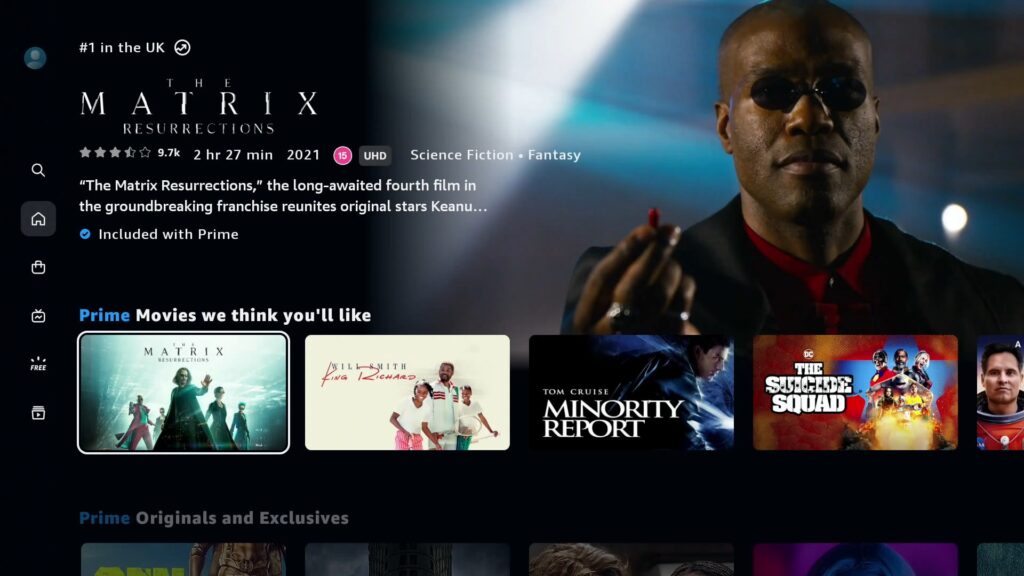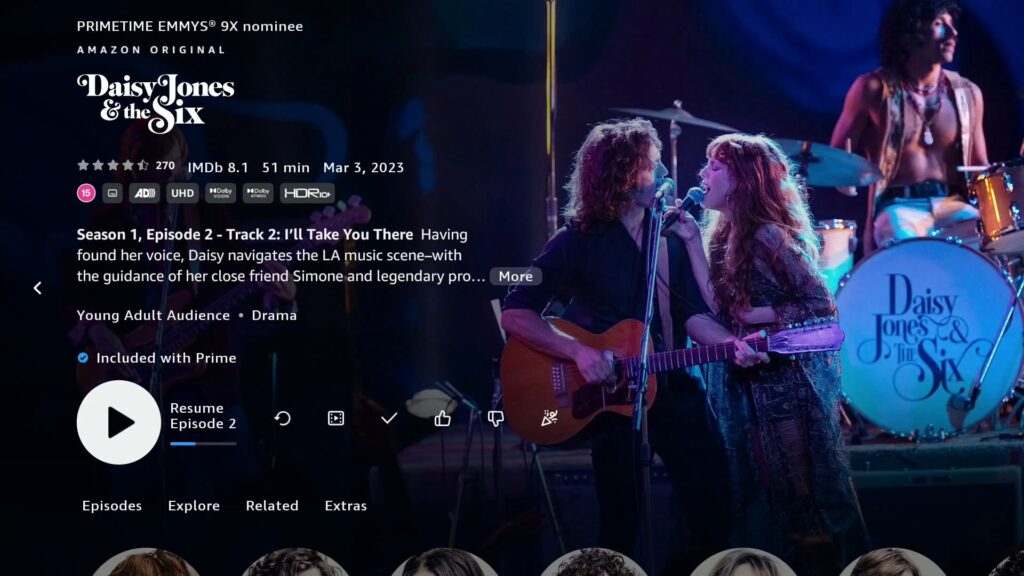I remember first hearing about Prime Video’s move into ad-supported tier ages, perhaps as long as a year ago, and when it became official in September 2023, I made my peace with it. As long as the ads weren’t intrusive, it’s not something I’d be fussy about. After all, I’ve spent the majority of my TV watching life watching ads anyway.
But when it became clear that that the new ad-free tier has essentially seconded Dolby Vision and Atmos support when 4Kfilm.de did some investigation – and that Amazon didn’t even bother to announce or confirm it until prodded. Speaking for myself, it’s eroded some of my trust in Prime Video. It simply did not need to happen in this hush-hush on the QT manner.
I find it a rather disrespectful move for Prime Video to not be open or transparent about their motives, it treats a certain group of customers (that’s the home cinema devotees amongst us) with what feels like mild contempt.
That people would jump to the more expensive tier just to escape ads – and perhaps this is the worse bit – not even notice that Dolby Vision and Atmos had actually been secreted away. Faith and any goodwill tend to flag in moves such as this. What else could Prime Video, or any streaming service for that matter, change their minds on?
Maybe Amazon is hoping the furor will die quickly, though the class-action suit that’s coming its way in California would suggests this could rumble on.
I’ve mentioned in my review of Prime Video that the tagging system needs some reworking. Whenever a title emerges onto Prime Video streaming and says it’s 4K UHD, more often than not, it’s not available to stream in 4K but instead in HD. This happened with Dune, La La Land, The Matrix Resurrections, and John Wick: Chapter 4.


My suspicion is that the tags from when the film or TV series was in the store are global tags, and don’t change when content moves from one service to another. The problem that creates is that it misleads the customer into thinking they’re watching video at a certain they are in fact not.
With this new tier, Dolby Vision and Atmos titles are still shown as exactly that, except as soon as you play content, the Dolby Vision tag doesn’t appear, and your soundbar (if you have one) won’t flag that it’s Atmos you’re listening to.
In one fell swoop, Amazon has made its Prime Video service worse. If you signed up hoping you’d get the best performance from your TV and surround system, well, it’s now been degraded, and just to get it back you’ll have to pay more for it.
It also makes me wonder what role Dolby might/could/did play in this move. Dolby has always considered its technology as premium – Dolby Cinemas across the world are high quality venues – and I imagine they must have had knowledge beforehand of this change. After all, HDR10, HDR10+ (incidentally, Amazon were one of the initial backers of the HDR10+ Alliance), and 5.1 audio stick with the standard tier, while the more expensive tier is now just Dolby alone.


And if we have an issue with Dolby Atmos, we’ve sleepwalked into a problem with Dolby Vision. On Max, Paramount+ (US version), Disney+, Netflix, and Prime Video, have all ushered Dolby Vision HDR onto its most expensive plan. And that begs the question of how many people watch titles in Dolby Vision on their Dolby Vision enabled TVs? What’s the point of Dolby Vision if services keep making it harder to watch in? Only Apple TV+ is keeping the flag flying for Dolby Vision and Atmos content for all.
As I mentioned when Netflix raised its prices, the move is like a 50/50 tackle in sports – you’re giving the referee a decision to make. In this case, it’s a debate of whether to spend more to get back what you once had. I’m not sure that in the way Amazon has handled this, it will like the decision that customers end up making.
And if customers decide they don’t really care about premium AV formats, what does that ultimately say about the value of Dolby Vision and Atmos to them? I don’t think Amazon needed to poke this bear.

